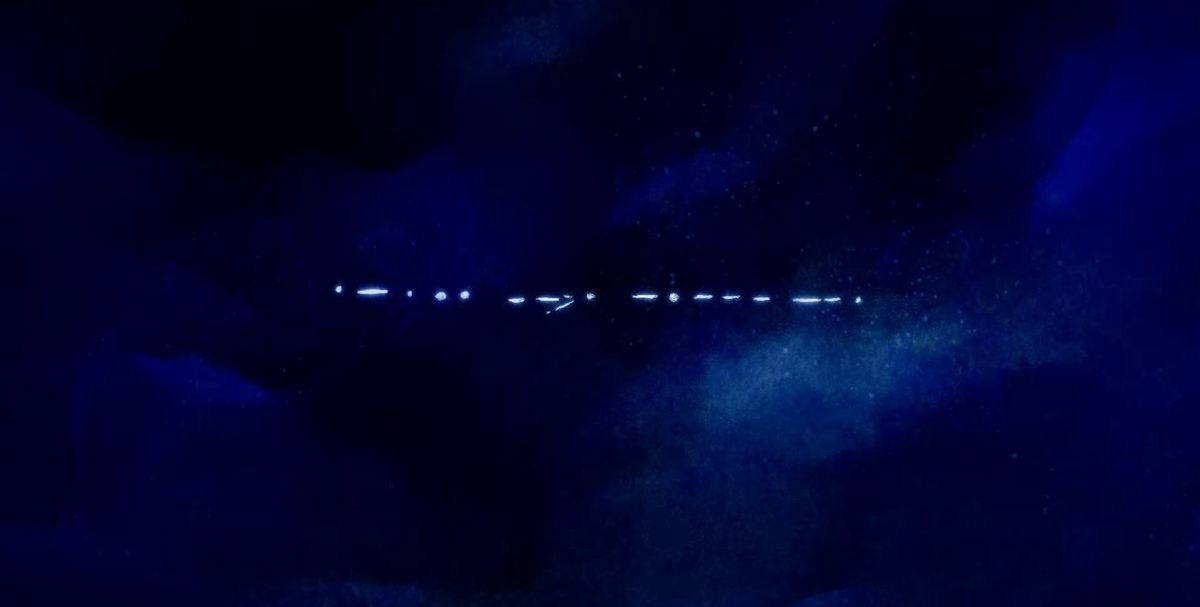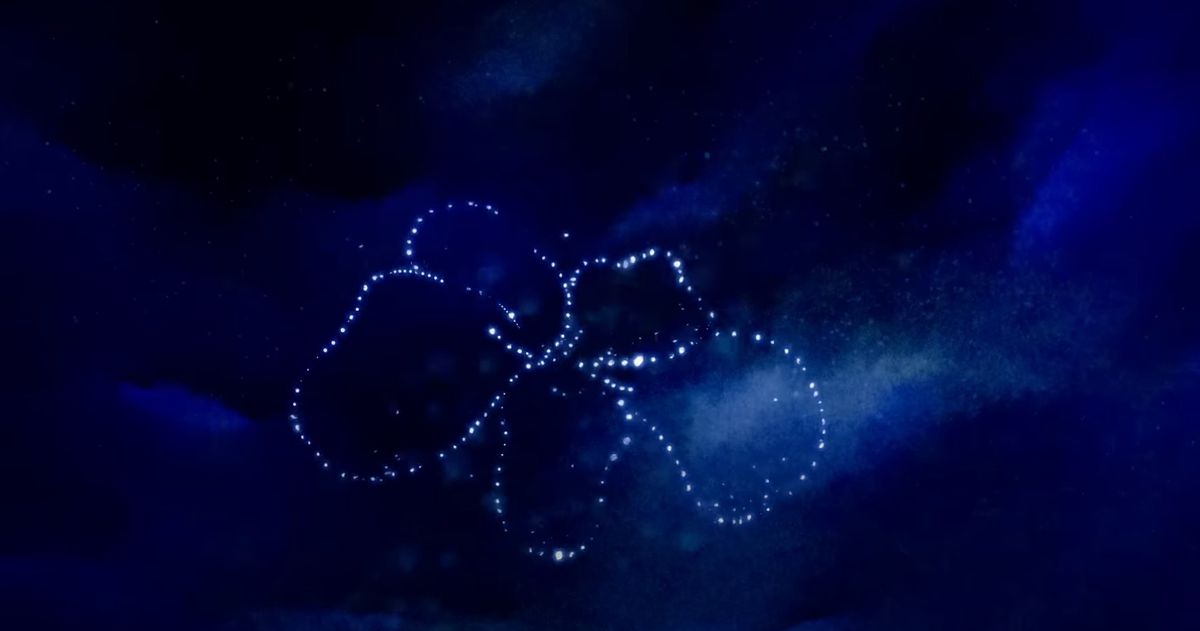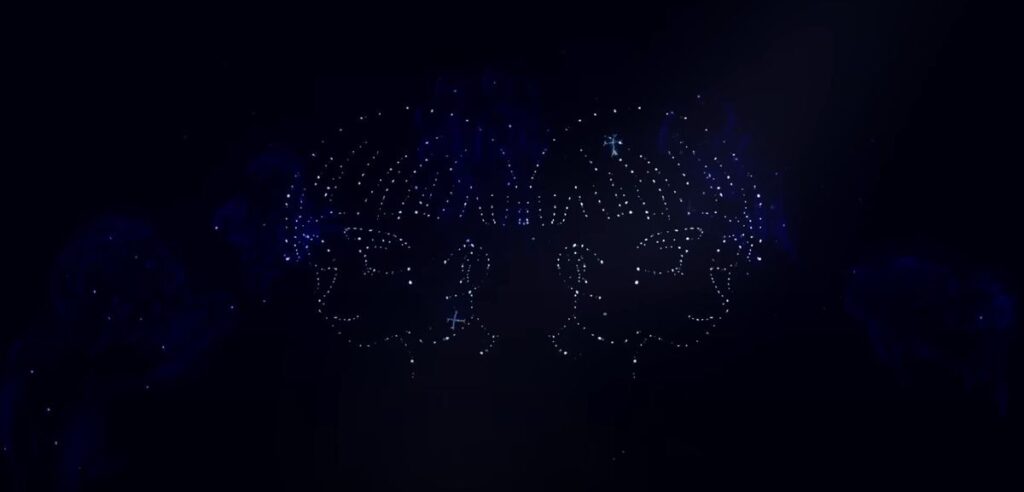There’s been a lot of talk about Trigun Stampede. The new CG anime from studio Orange (Land of the Lustrous, Beastars) based on Yasuhiro Nightow’s beloved space western manga premiered early this month, and has spawned takes both positive and … not so much. Wherever your feelings fall with regard to this new iteration of Trigun, one thing is unmistakable: Trigun Stampede has one of the most beautiful end credit sequences of any anime this season.
There’s been a lot of impressive anime credits airing this season, from Vinland Saga season 2’s moving ode to the liberating power of love to the colorful wheat paste mural-inspired aesthetic of The Fire Hunter’s credit sequence. For my money though, I would argue that Trigun Stampede’s ED (“EnDing song”) end animation easily ranks as this anime season’s most mysterious, affecting, and memorable ending sequences.
Image: Orange/Toho Company/Crunchyroll
First appearing at the end of Trigun Stampede’s second episode, the series’ end credits sequence takes on the aesthetic of a stellarium, with chalk-drawn constellations marching and flickering across a black and blue watercolor background. The sequence opens with an image of a younger version of series protagonist Vash the Stampede, smiling opposite his twin brother Nai, before their resemblance melts into a tableau of shooting stars and wisping light trails.
Set to an original song composed by Haruka Nakamura and sung by Japanese sing-songwriter Salyu, the scene gradually morphs as the stars become granular lines of sand, ebbing and flowing like the symmetrical patterns of a Chladni plate experiment before dissipating and reforming into constellation. For a moment, the stars briefly form a pattern of dots and dashes resembling Japanese Morse Code (Which some eagle-eyed Redditors have managed to roughly translate as “Welcome home”) before dispersing again.

Image: Orange/Toho Company/Crunchyroll

Image: Orange/Toho Company/Crunchyroll
The credits culminate with an arrangement of stars resembling a red geranium (a flower with deep symbolic significance in the universe of Trigun), which then morphs into a pattern resembling one of the biomechanical “Plants” seen throughout the series before transforming again into an image of Vash the Stampede as a child. For those familiar with either Yasuhiro Nightow’s original 1995 manga or Madhouse’s 1998 anime adaptation, the animation is as understatedly beautiful as it is profoundly moving. For anyone else new to the series, it’s still a brilliant and creative sequence.
While the director and storyboard artists behind the sequence have not yet been revealed, the sequence does bear a striking resemblance to the paint-on-glass animation of Miyo Sato (Mob Psycho 100) and the evocative animation of Yoko Kuno, who previously work as a key animator on both Land of the Lustrous and Beastars.
Trigun Stampede is available to stream on Crunchyroll and Hulu.

